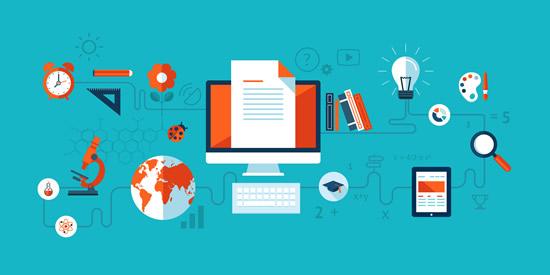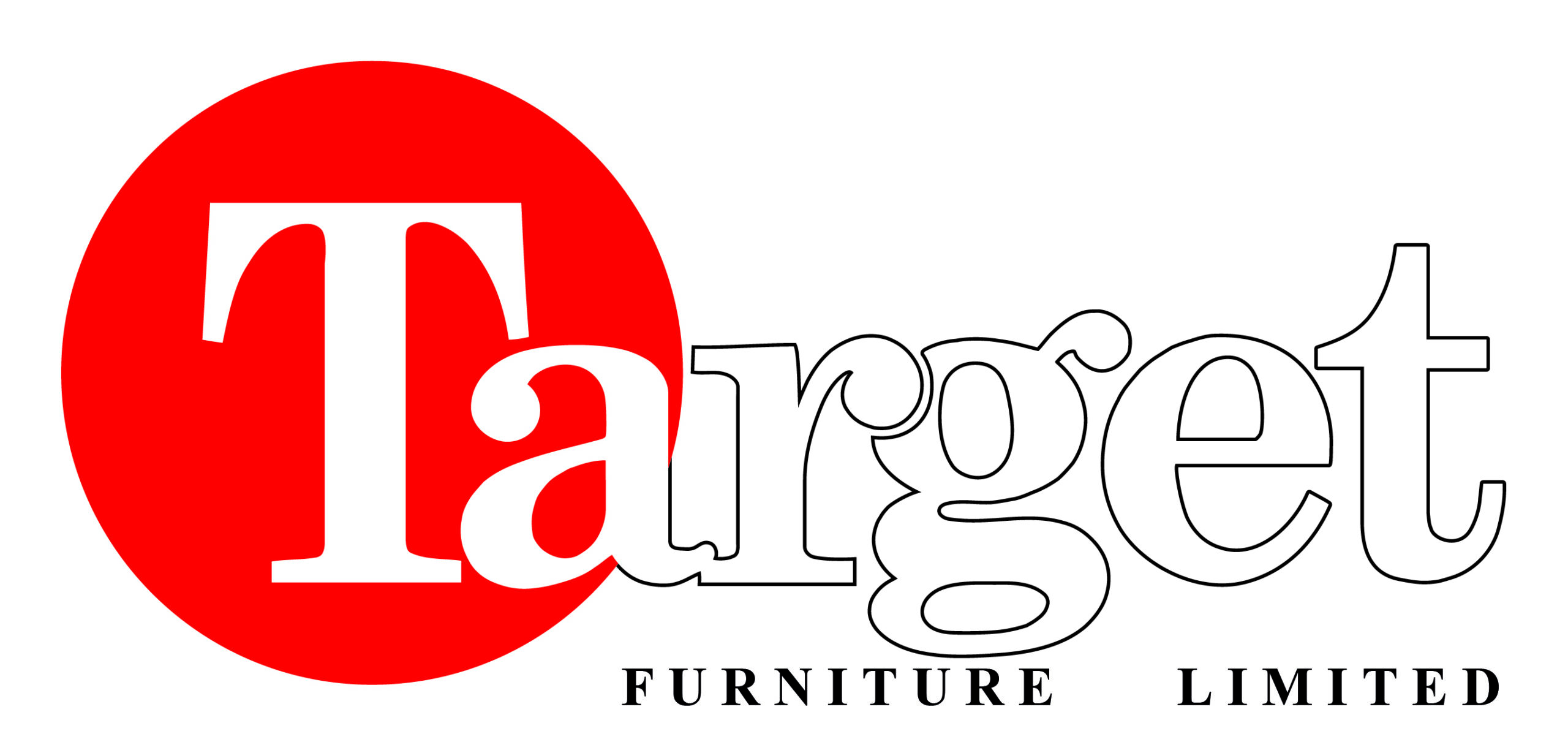Informix 11.70 End of Support: get prepared now
Why we chose Genero as the modernisation platform for Target Furniture
Target Furniture was in trouble. It relied on a bespoke order processing and production control system to support its manufacturing workflow, invoicing, sales and distribution. But the system was no longer supported and its reliability was being questioned.
It needed to enhance the systems to survive and grow. Yet the investment in the old systems meant “rip and replace” was not an option. They needed to modernise what they had. Now.

But the environment was tired and outdated. We needed to find a tool that would allow us to do a whole bunch of things: build forms; incorporate proprietary logic from a complex legacy software stack; author reports; integrate report generation with an email system and support a variety of deployment environments including desktop, web and mobile.
So how did we do it?
Introducing Genero. Genero gave us everything that we needed in one integrated development environment. With its slick development interface, we could develop, test and deploy small application components very quickly. Genero helped us redevelop old Microsoft VB look-up forms in a matter of hours. It massively improved the speed and ease of application navigation – that supported desktop, web and mobile.
And its write-once, deploy-anywhere approach is really powerful. Without Genero, we would have to develop afresh every time we deploy in a new environment – and ultimately the customer would have had to pay for that!
A step approach to modernisation – a customer success story
Read how Target Furniture turn their obsolete, unsupported system into a modern application platform which increased productivity, reduced risk and delivered significant cost efficiencies and value from day one.

Creating new business value from existing applications
5 key drivers for legacy modernisation
Rip and replace? Or reuse and repurpose? Does application modernisation really work?
Here at Oninit, with over 15 years of experience in application modernisation, we’ve identified 5 real benefits delivered by modernising existing enterprise applications:

1. Improve user productivity
Modern application interfaces are richer and more intuitive, providing easier navigation and faster access to data. Performance is vastly improved, offering an enhanced service to staff and customers
2. Enhance existing applications
Unleash the enormous potential in existing applications by incorporating new features quickly – continuing to make legacy applications relevant to your changing business
3. Support a mobile, remote or distributed workforce
Open up legacy applications to enable access to company-critical information from any device, at any time of day or night, to drive greater business agility and growth
4. Improve operational reporting
Accelerate access to up-to-the-minute operational data helping your business to make faster decisions
5. Integrate legacy applications with new systems
Linking older software apps to other business systems such as email, document management and desktop tools massively improves workflow and productivity
Many organisations have found modernising existing applications is quicker, less risky and less costly than replacing them. We help businesses address the challenges of legacy modernisation and enable them to exploit legacy data and systems across the enterprise; increasing the ability to respond to market changes quicker and more efficiently and reducing operational costs by improving staff productivity.
So it’s not always “out with the old, and in with the new,” but more like “make the most, and more” out of all the great apps you already have.
